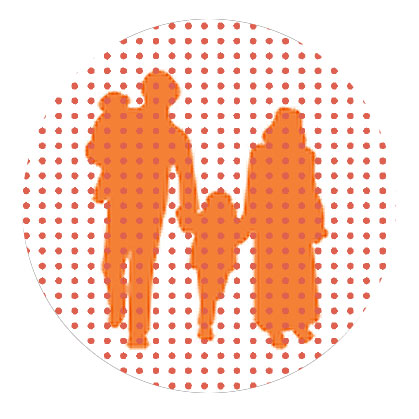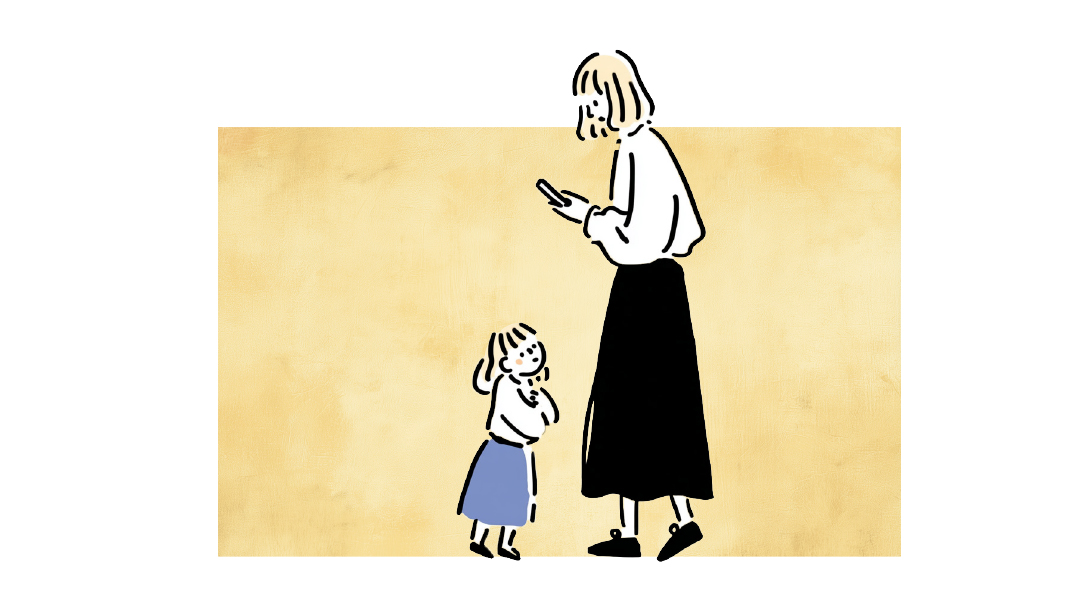Big Feelings

We need to validate our kids’ negative emotions, but also teach them to express them appropriately

T
here was a time when parents virtually ignored their children’s feelings, focusing on instilling correct behavior and values. If a child expressed anger to a parent, the parent might say, “Don’t speak to me like that, young lady!” This might be followed by punishing the behavior.
The child soon learned to keep her angry feelings to herself, possibly internalizing that she and/or her feelings are bad.
Backlash
Enter the new era. Parents began learning the importance of healthy emotional expression. They learned that emotional intelligence fosters social, academic, professional, physical, mental, and personal well-being, and the key to developing this quality lies in identifying, naming, and accepting feelings.
Eager to give their children this advantage, parents learned how to pay attention to their children’s inner states, accepting the entire range of emotion, including those formerly thought of as “negative feelings” such as fear, anger, and sadness.
This was a huge step forward, as children growing up in “emotionally intelligent” environments have been shown to be less likely to develop psychosomatic illnesses, escape-driven addictions, enduring trauma syndromes, dysfunctional interpersonal relationships, and other outgrowths of emotional suppression.
However, it turns out that emotional intelligence isn’t only about emotions.
Back to the Research
Back in 1966, a researcher named Diana Baumrind found that children raised with authoritarian parents (rule-focused rather than emotionally focused) didn’t fare as well in adulthood as those raised by authoritative parents (who instilled limits as well as nurtured emotional well-being). Those raised in the laissez-faire style of parenting (permissive and accepting of emotion with little focus on limit setting) had behavioral and emotional problems both in childhood and adulthood.
Baumrind’s research has been consistently reaffirmed throughout the subsequent decades of parenting research, though sometimes ignored.
Big Feelings
An emotionally overwhelmed child benefits from the presence of a “safe container” — someone who remains unflustered in the face of strong emotion, who conveys the message that “you and your feelings are welcome here; you and your feelings aren’t too much.”
While the powerful message of acceptance is essential, and the steady, calm response of a parent during a child’s temper tantrum is both an essential model and an effective “container,” far more information and strategy is needed to ensure a healthy developmental outcome.
Although feelings are never “too much” and a child is always “okay,” a person’s expression of feelings can indeed be too much for others to handle. While a parent must embody self-control and respect at all times toward all children of every age, and needs to maintain both patience and presence while waiting for an intensely upset child to calm down, the goal of displaying equanimity in the face of hysteria goes against human nature. Indeed, our biology puts us on high alert and produces a state of vigilance and distress in the presence of other people’s strong negative feelings.
Equanimity isn’t the appropriate, normal response to copious tears, thrashing panic, yelling or verbal and/or physical expressions of aggression. Rather, feeling and looking distressed while struggling to maintain appropriate self-management and management of the situation (i.e., preventing danger) is a far more realistic reaction.
Teaching children how to avoid explosive emotional sharing and how to calm themselves when necessary, requires more than just parental calmness and acceptance. The skilled parent needs to separate emotion from emotional expression (words and actions used to express feelings). Emotion is what needs to be accepted — small, medium, and large feelings need to be acknowledged, named, and welcomed before behavioral education takes place.
Emotional expression, on the other hand, is defined by the Torah’s standards of acceptable interpersonal communication and needs to be appropriately modeled and taught once the child’s emotions are settled. There’s a way to express big feelings that promotes the well-being of others, one’s relationships, and oneself. Ironically, that way increases the child’s own equanimity, self-control and self-respect, reduces the impact of future external triggers, and leads to healthier adult outcomes.
It’s respectful and careful sharing of feelings parents must model and teach.
(Originally featured in Family First, Issue 825)
Oops! We could not locate your form.




